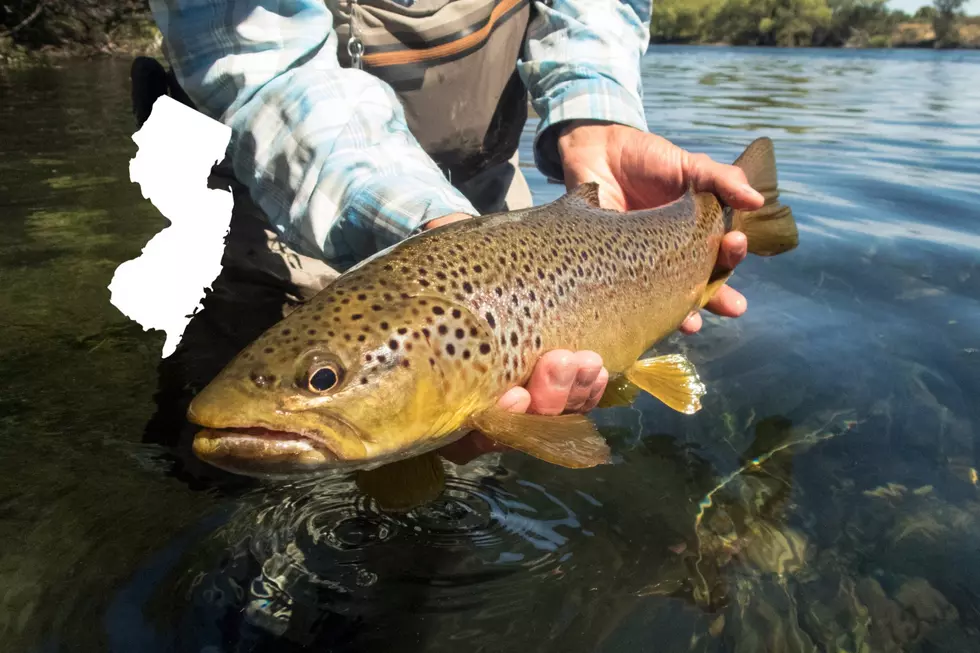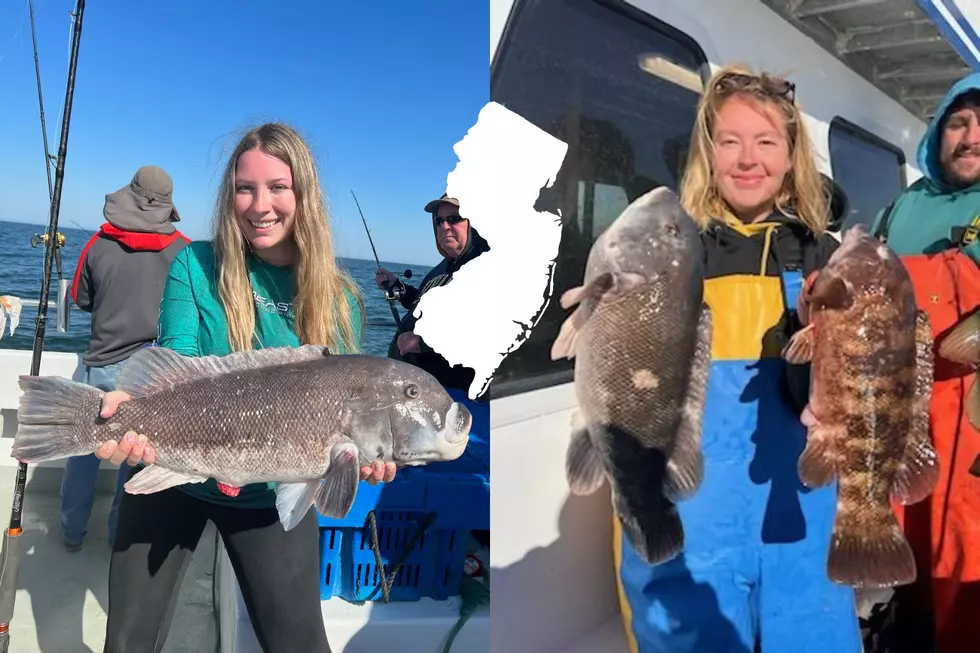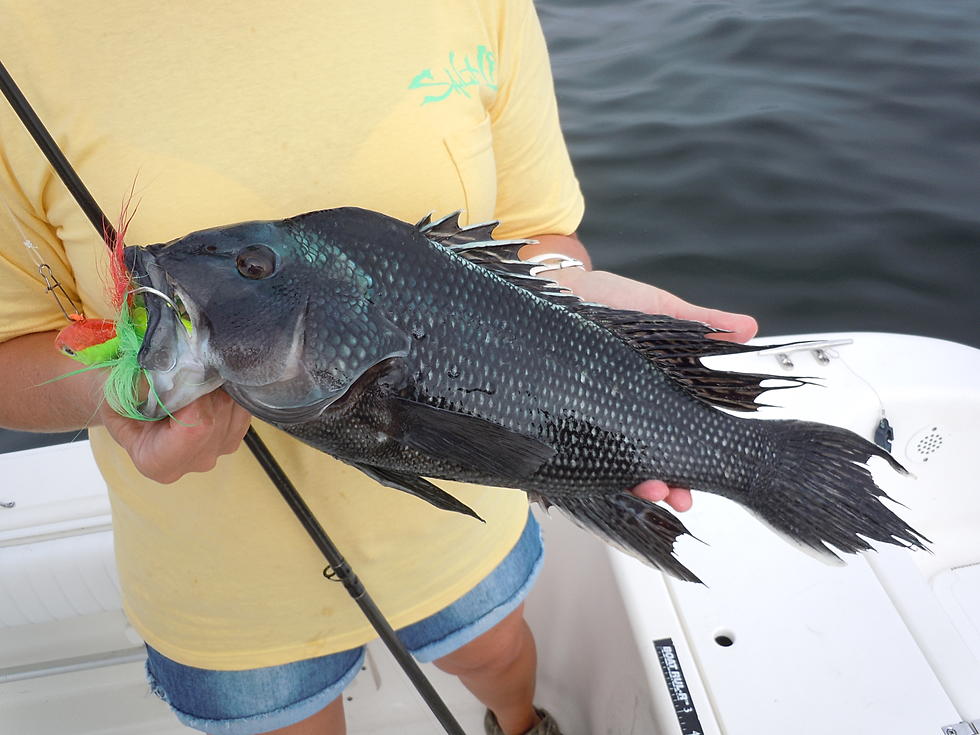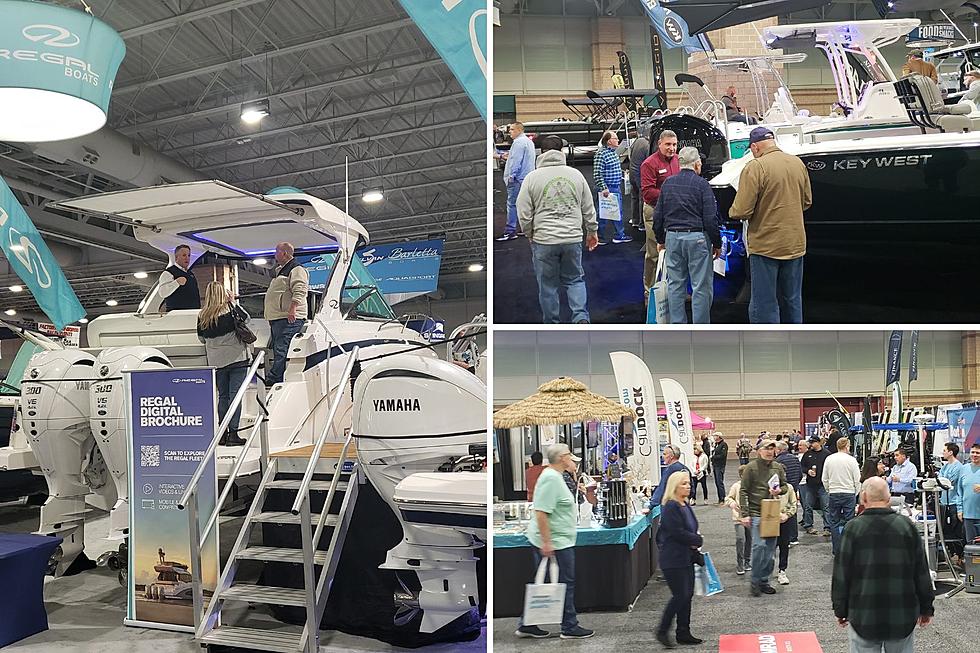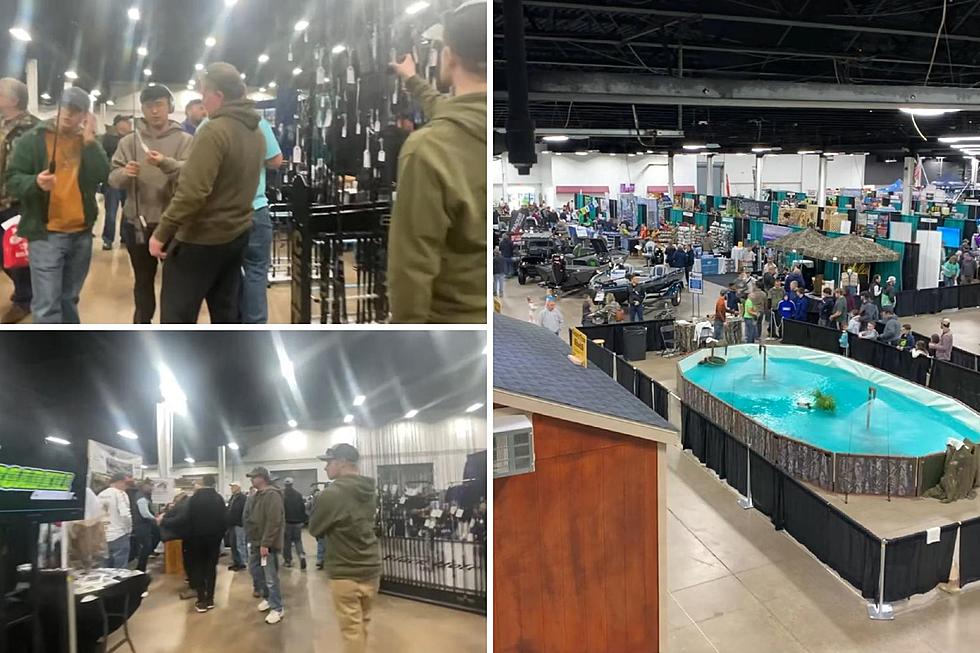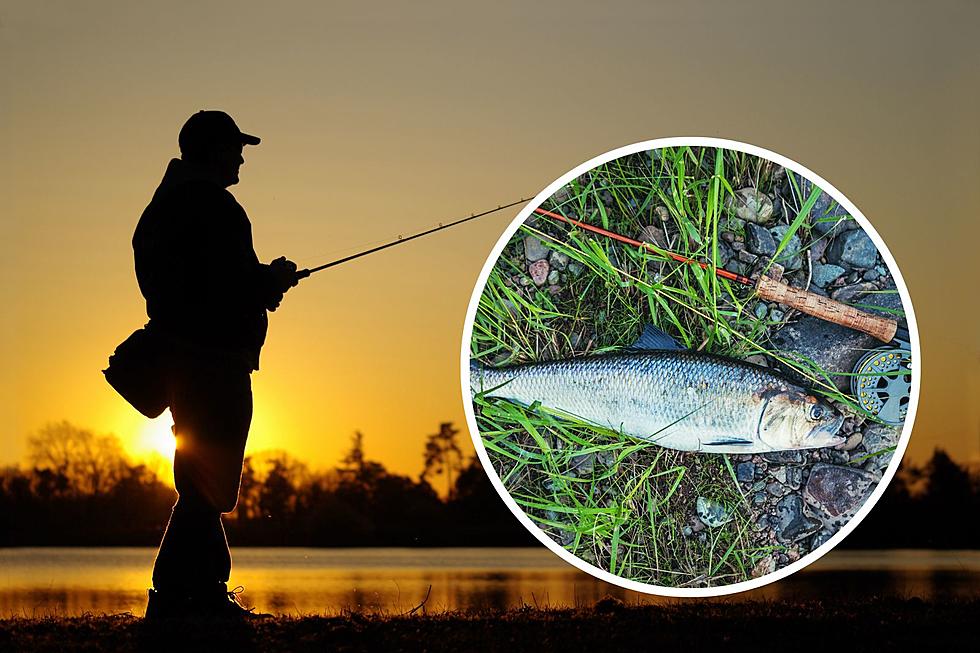
American Shad Run Underway
The “poor man’s salmon” as it’s been referred to for endless generations, the annual springtime spawning run of the American shad is full thrust in the Delaware River.
These slab-sided members of the herring family which includes the much smaller blueback and alewife herring, and also the hickory shad, are already being caught around Lambertville and points north. However, it’s a staggered run with fish ascending the Big D through early May and traveling northward into New York/Pennsylvania reaches to procreate.
We’ve caught them as late as the first week in June in the Delaware Water Gap to the Montague-Milford Bridge.
While run has been pretty much steady the past few years, it’s no longer in its heyday. In fact, the numbers have dwindled to the level that the retention limit was recently reduced from three (as published in 2023 Freshwater Fishing Digest’s page 38 covering the Delaware River) to two above the Commodore Barry Bridge, the demarcation where a freshwater fishing license is required.
Below the Commodore Barry expanse, the daily limit is six hickory shad. These are easily identified by their slimmer profile and extended lower jaw. Above the bridge, it’s catch-and-release only.
Opines Capt. Dom Troisi from Full Draw Bowfishing, who also runs charters for shad, oftentimes two a day when the bite is on, “The numbers of American shad are not where they used to be for a variety of factors. Still, there are fish moving up and you can catch your share if you put in your time and pick your places.”
By boat, it’s a matter of “dead sticking” the featherweight shad spoons and, to a lesser extent, shad darts, a tapered jig dressed with either calf tail or
bucktail (we’ve seen some with feathers), or plain, the latter in either chrome or gold.
When wading, darts are the primary weapon, although there are those who score well with spoons worked on a leader below a light keel weight.
This is pure light and ultra-light tackle fishing fun. A hooked shad gives its all and many times goes airborne...a miniature tarpon, if you will. Figure the males (bucks) to tip the scales at 1.5-3.5 lbs., with the females (roes) to run anywhere from the top-end buck mark to 7-plus pounds.

Or more. The longstanding Garden State record is 11 lbs. 1-oz. and was caught from Delaware in ‘84.
Table far? Meh. We’ve had them smoked, planked, and deep fried, and the meat is passable...if you’re hungry. Filleting a shad with its hair-thin bones is indeed an art form, and while we can appreciate the endeavor, well, we’re all about releasing them.
Except if a roe comes to net. Shad roe is a prime-time delicacy in our book, better than white or yellow perch roe, for sure. Rinsed, patted dry, dusted with seasoned flour, and fried in bacon grease and then served on crackers and topped with a dab of sour cream and crumbled bacon bits will make your tongue slap your brains out.
So celebrated is the American shad in Garden State history that a yearly celebration is held in its honor. This year, the 40th Annual Lambertville Shad Festival will be held Saturday and Sunday, April 22-23, 11 am-5 pm and besides the festivities, including filleting and cooking demonstrations, there is a 5K Shad Run on Saturday. Go to lambertvillechamber.com to learn more.
Shad fishing in the Delaware River is more accurately described as shad hunting as to finding where the fish (that are in an upriver constant motion) will pass is like a stalk or setting up a stand. It can be frustrating but ultimately rewarding. A list of Delaware River public access, including boat launching sites, is available at njfishandwildlife.com. Our faves are Washington Crossing and Bulls Island state parks, and Worthington State Forest in the Water Gap.
A quick route to discovering just how intense, and how much rod bending fun this limited time frame fishery is, contact Full Draw Bowfishing at 609-820-5595.
7 reasons why you need to kill the spotted lanternflies infesting NJ
LOOK: Here are the pets banned in each state
More From 97.3 ESPN
